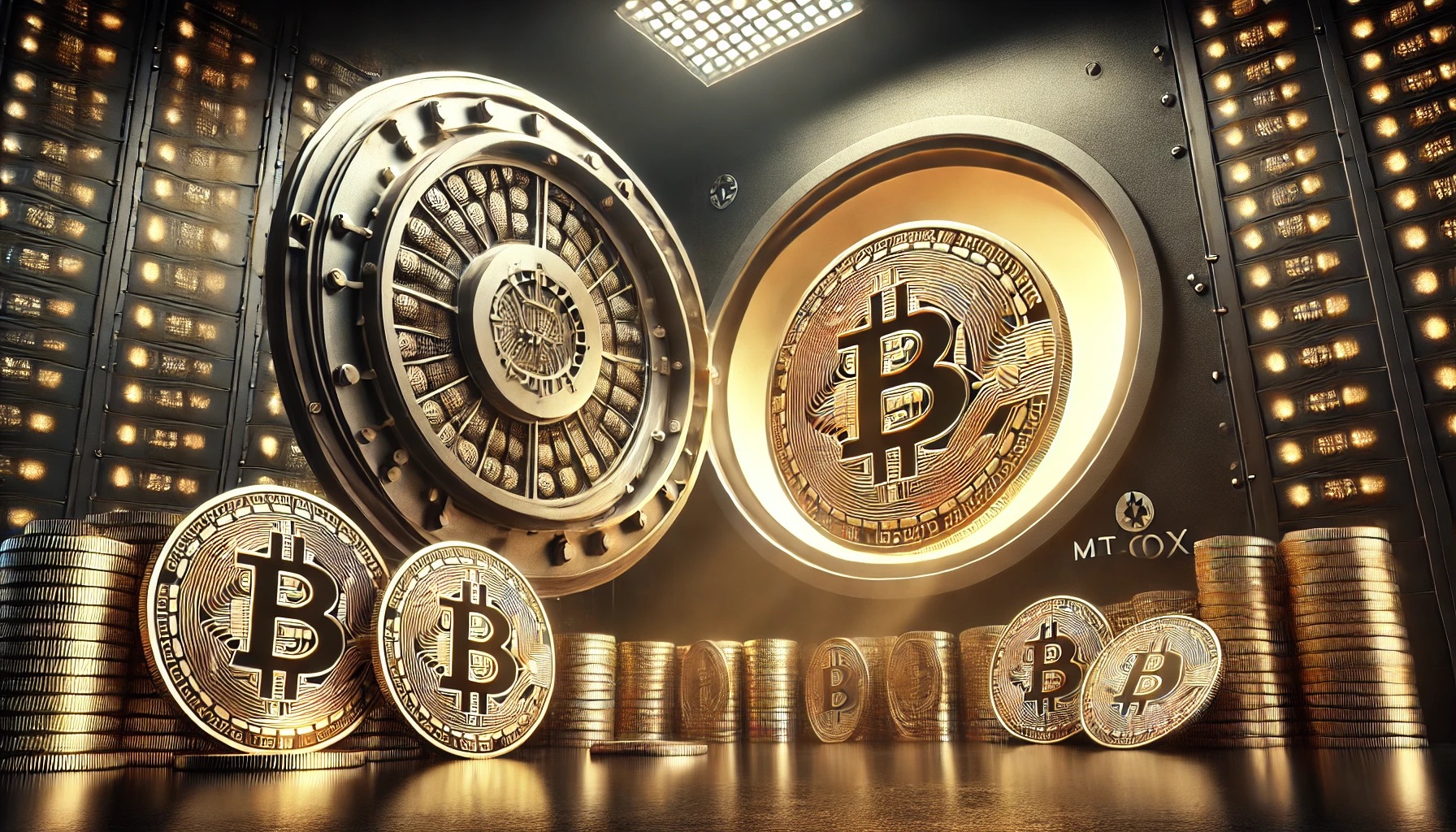Mt. Gox creditors have received 41.5% of their Bitcoin, choosing to hodl rather than sell, which has kept market impacts minimal.
Major Bitcoin Distribution to Creditors
After ten years of waiting, many creditors are still refusing to part with their Bitcoin, even though about half of what is owed to them by Mt. Gox has been dispersed.
Creditors of the now-defunct Mt. Gox exchange have received more than 41.5 percent, or 59,000 Bitcoin, out of a total of 141,686 BTC.
BTC Preferred Over Fiat in Mt. Gox Case
A report from July 29th on Glassnode states that the creditors of Mt. Gox are not selling the approximately $4 billion worth of Bitcoin that they received:
“Creditors opted to receive BTC, rather than fiat, which was new in Japanese bankruptcy law […] As such, it is relatively likely that only a subset of these distributed coins will be truly sold onto the market.”
There is substantial sell pressure that might cause Bitcoin's price to plummet because almost 127,000 creditors from Mt. Gox are still waiting for their over $9.4 billion in money, which they have been waiting for more than a decade to collect.
Cointelegraph reports that Kraken completed distributing Mt. Gox Bitcoin to creditors on July 24; the report follows a week later.
A cyberattack led to the 2014 collapse of Mt. Gox, a well-known Bitcoin exchange based in Japan. At its height, the exchange, which began operations in 2010, handled over 70% of all Bitcoin transactions. One of the largest hacks in history occurred at Mt. Gox, where 850,000 BTC were lost.
Glassnode admits that its theory is based on a "degree of speculation," but data from cryptocurrency exchanges shows that creditors of Mt. Gox aren't selling either.
Kraken Sees No Significant Volume Change
Interestingly, following the Mt. Gox BTC distribution, there has been no discernible increase in the spot cumulative volume delta (CVD) on Karken. This statistic quantifies the net difference between the spot buying and selling trading volume on controlled exchanges.
This report states:
“We can see a marginal uptick in sell-side pressure following the distribution. However, this remains well within typical day-to-day ranges.”
A price increase of more than 8,500% for Bitcoin in the decade following Mt. Gox's collapse begs the question of why there is no selling pressure.
Investors appear to have given up on locking in profits and are instead returning to "hodling," the crypto term for "holding on for dear life," based on the present distribution of Bitcoin.



 AMD Unveils Next-Generation AI and PC Chips at CES, Highlights Major OpenAI Partnership
AMD Unveils Next-Generation AI and PC Chips at CES, Highlights Major OpenAI Partnership  Anthropic Launches HIPAA-Compliant Healthcare Tools for Claude AI Amid Growing Competition
Anthropic Launches HIPAA-Compliant Healthcare Tools for Claude AI Amid Growing Competition  Bitcoin Dips Below $90K on Minor ETF Outflow – Bearish Signals Dominate, But Buy-the-Dip Setup Targets $100K
Bitcoin Dips Below $90K on Minor ETF Outflow – Bearish Signals Dominate, But Buy-the-Dip Setup Targets $100K  BESI Reports Strong Q4-25 Orders Surge Driven by Data Center and Hybrid Bonding Demand
BESI Reports Strong Q4-25 Orders Surge Driven by Data Center and Hybrid Bonding Demand  Hyundai Motor Shares Surge on Nvidia Partnership Speculation
Hyundai Motor Shares Surge on Nvidia Partnership Speculation  FxWirePro- Major Crypto levels and bias summary
FxWirePro- Major Crypto levels and bias summary  Intel Unveils Panther Lake AI Laptop Chips at CES 2025, Marking Major 18A Manufacturing Milestone
Intel Unveils Panther Lake AI Laptop Chips at CES 2025, Marking Major 18A Manufacturing Milestone  FCC Approves Expansion of SpaceX Starlink Network With 7,500 New Satellites
FCC Approves Expansion of SpaceX Starlink Network With 7,500 New Satellites  China’s AI Sector Pushes to Close U.S. Tech Gap Amid Chipmaking Challenges
China’s AI Sector Pushes to Close U.S. Tech Gap Amid Chipmaking Challenges  BTIG Initiates Buy on SoftBank as AI and Robotics Strategy Gains Momentum
BTIG Initiates Buy on SoftBank as AI and Robotics Strategy Gains Momentum  Discord Confidentially Files for U.S. IPO, Signaling Major Milestone
Discord Confidentially Files for U.S. IPO, Signaling Major Milestone  Lenovo Unveils AI Cloud Gigafactory With NVIDIA and Launches New AI Platform at CES 2026
Lenovo Unveils AI Cloud Gigafactory With NVIDIA and Launches New AI Platform at CES 2026 
































